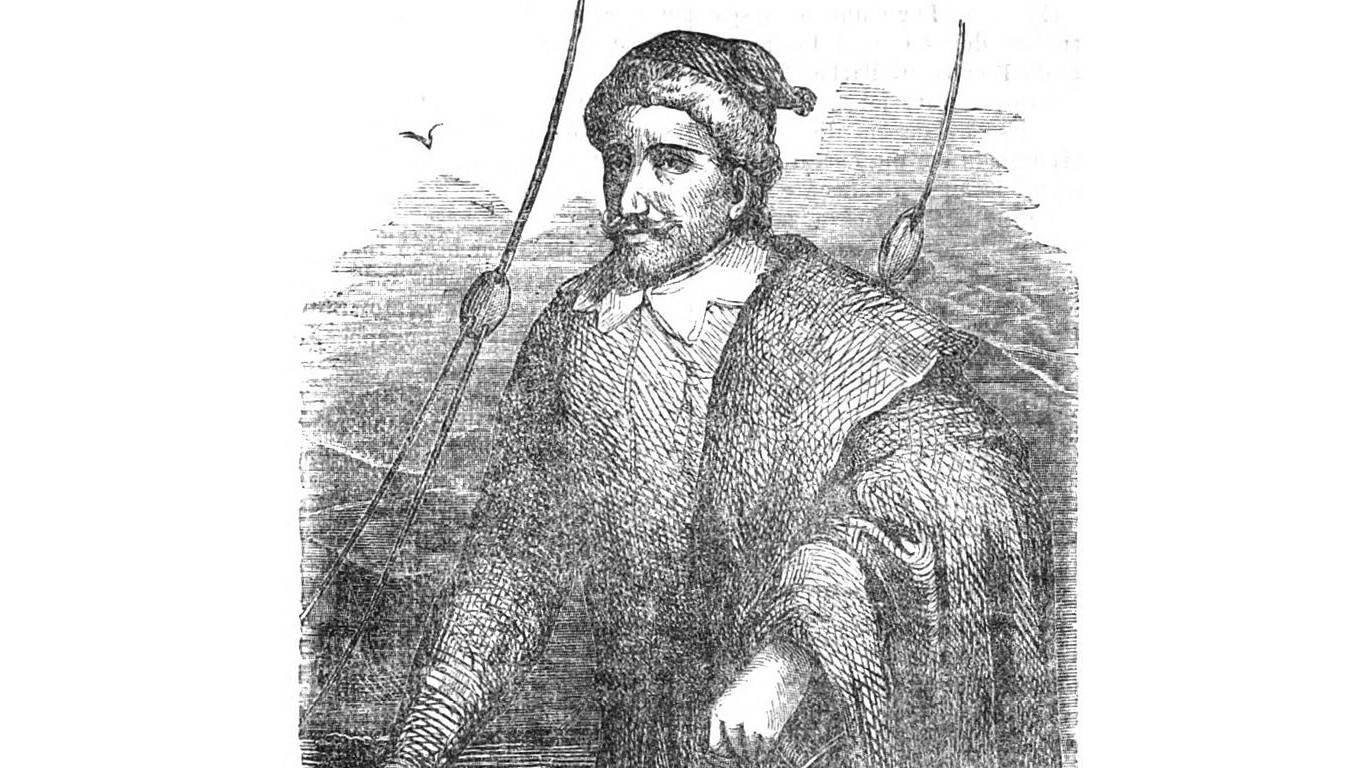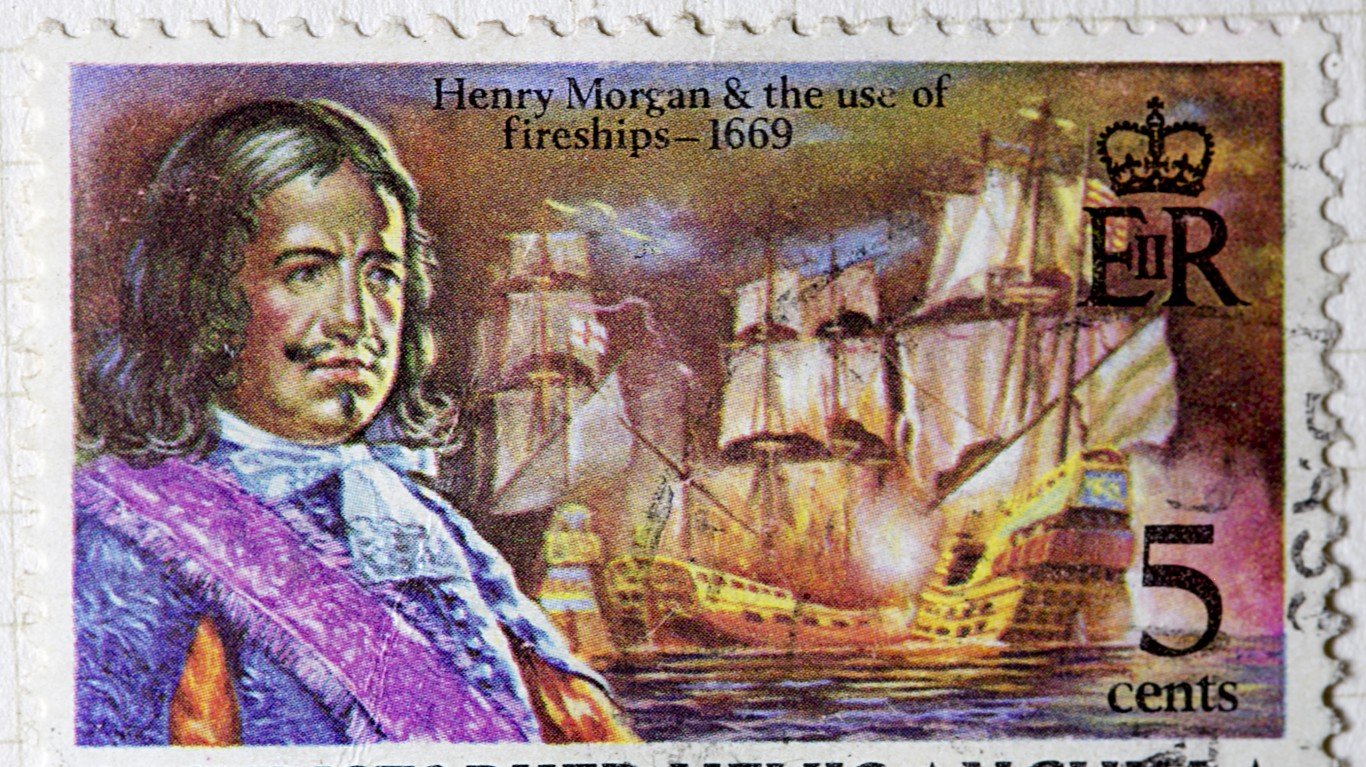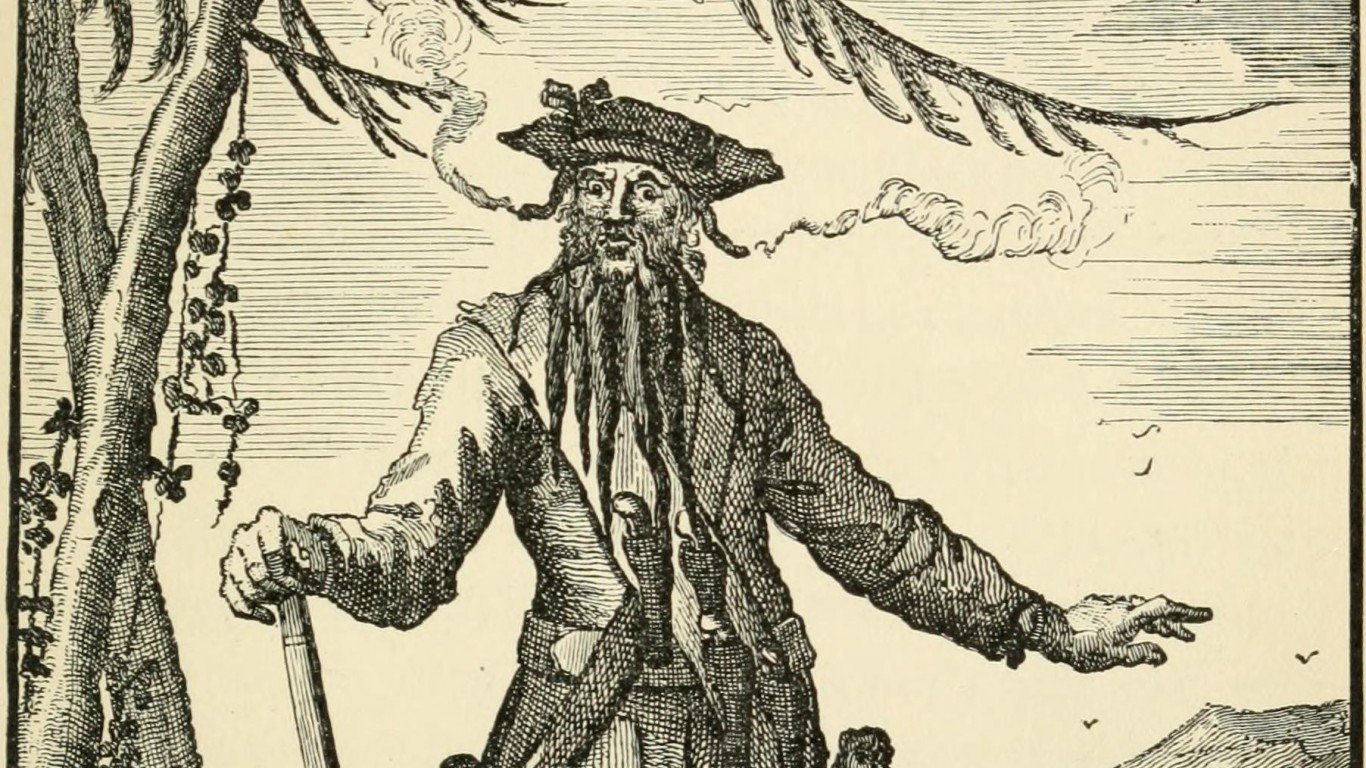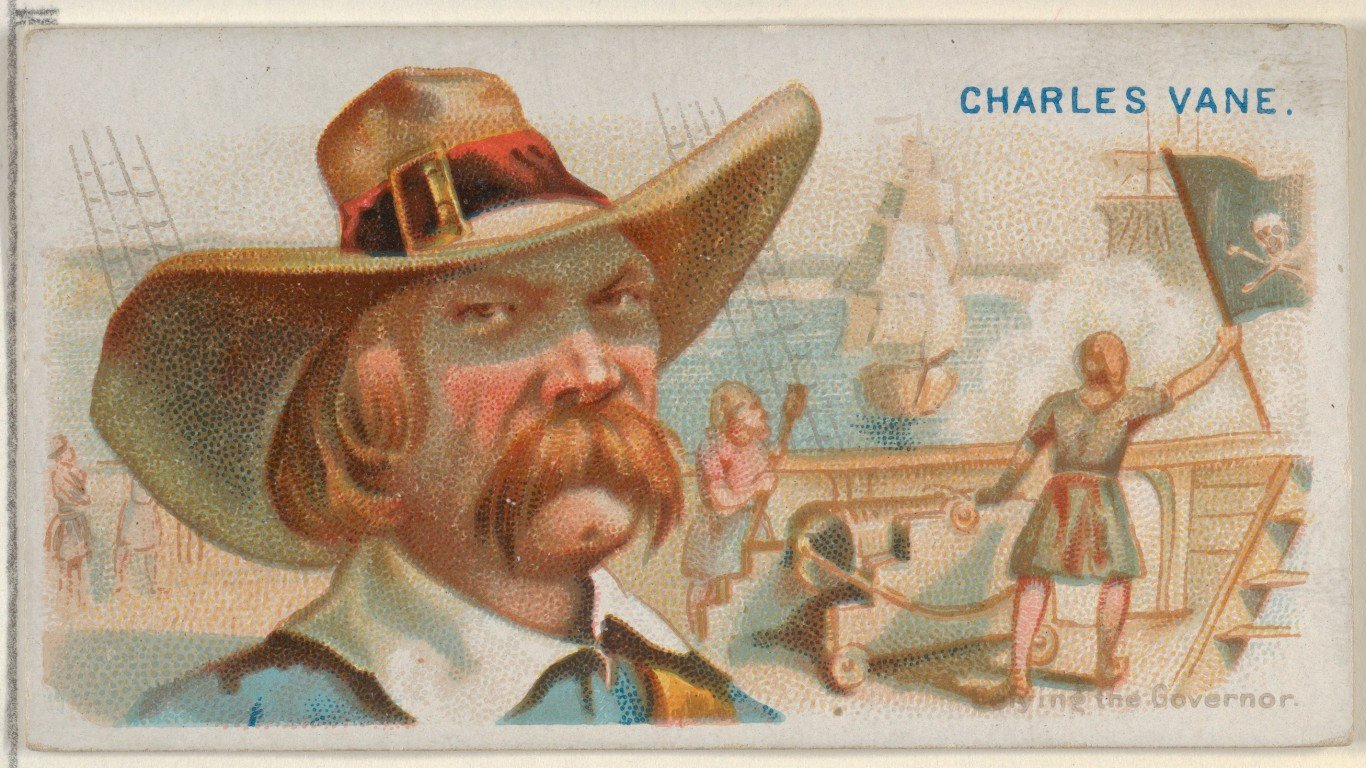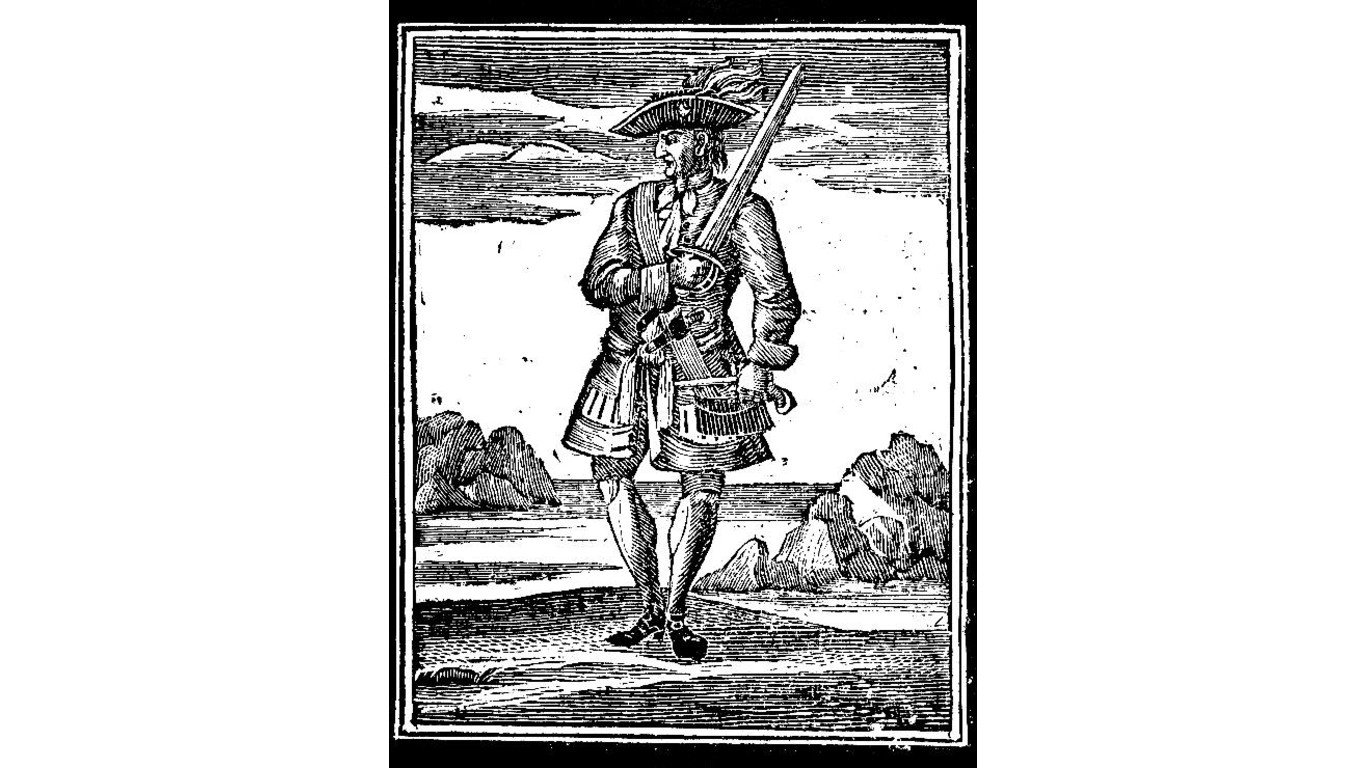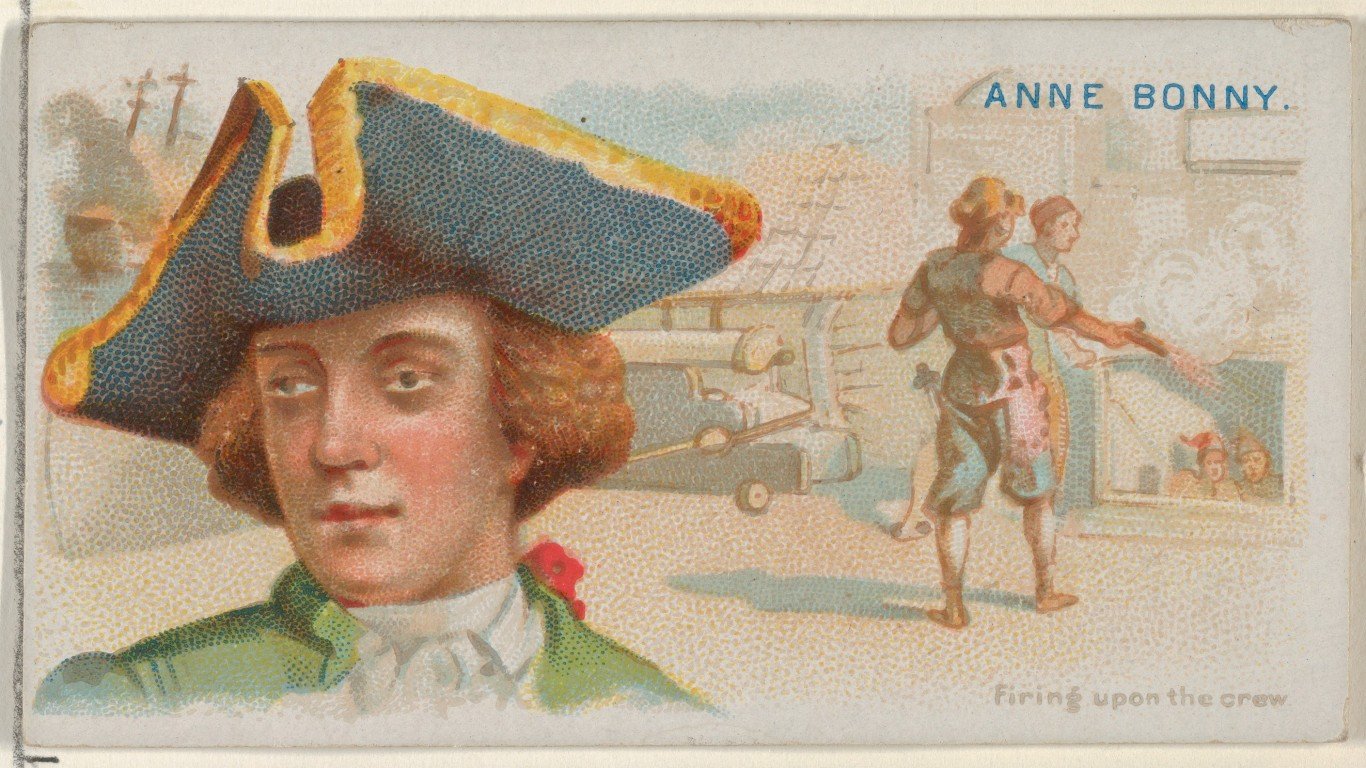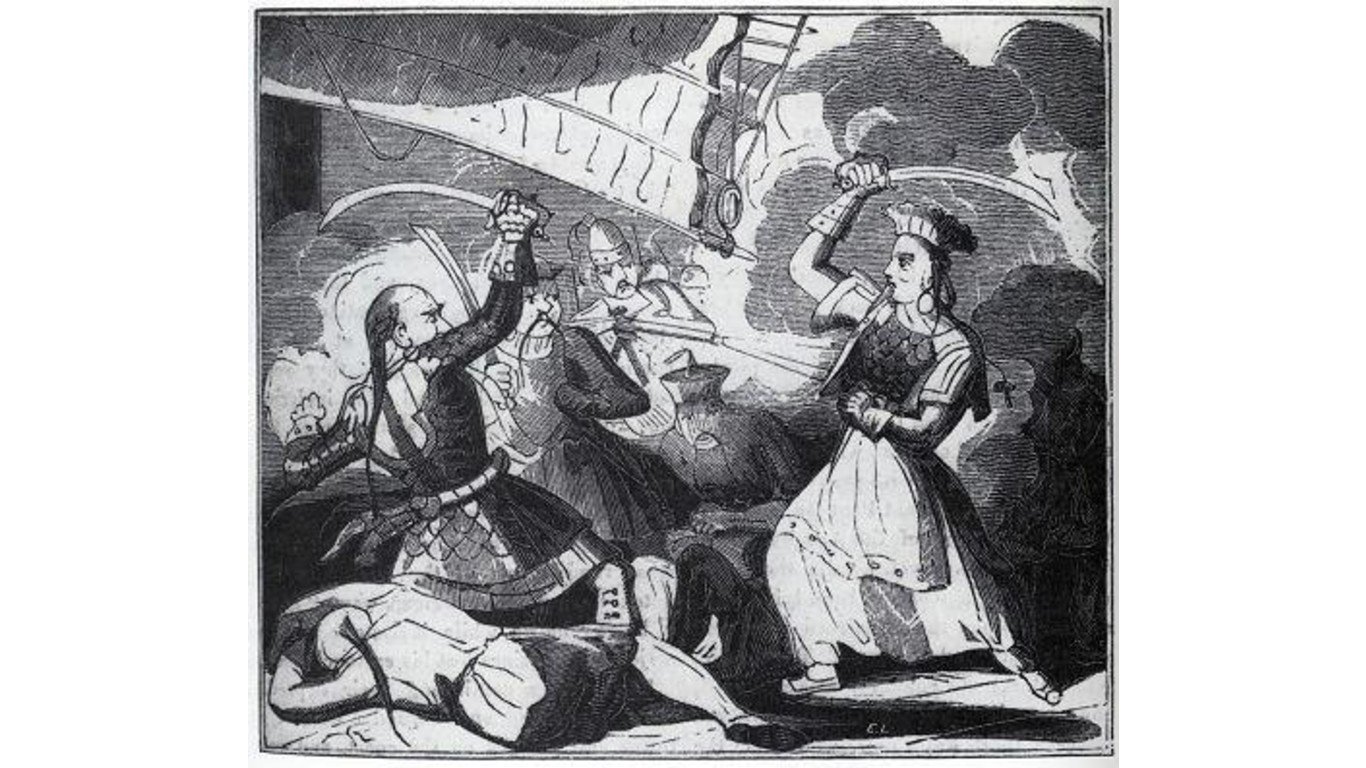Pirates — those who plunder ships at sea or use their ships to attack and pillage ports and coastal settlements — have been around since at least as early as 1400 B.C. and they’re still around today. Even in 2021, reports of piracy span the globe from Peru to Guinea to the Philippines.
There was a time, however, when pirates ruled the seas and the navies of the great powers, massively affecting world trade and colonial settlements.
During the so-called Golden Age of Piracy, from the 1650s to the 1730s, Spanish ships and colonies in the western Atlantic and Caribbean were heavily targeted, as were trade routes in the Red Sea and Indian Ocean and along the West African coast.
Many of the most famous pirates in the world operated during these years. Using a number of historical sources, 24/7 Tempo has compiled a list of the most infamous pirates in history.
Often, these career criminals started out as privateers — ship captains who were commissioned by a nation’s government to capture merchant ships owned by enemy governments. Privateers frequently turned to attacking not only enemy ships and ports, but any vessel carrying goods that they deemed worthy of pillaging.
Although a few of these pirates lived long lives and enjoyed their riches, most met with gruesome endings. Some were killed by cannonballs in battle, others were captured and executed for their crimes, and some drowned when their ships sank, laden with treasures. (Here are the 31 most famous shipwrecks in history.)
The Barbarossa Brothers
> Lifespan: 1470s -1518 [Oruç] -1546 [Hizir]
Born on the island of Lésbos, brothers Oruç and Hizir (or Khiḍr) Barbarossa — Italian for “red beard” — began terrorizing ships in the Mediterannean in the late 15th century, targeting Spanish and Portuguese vessels as they attempted to colonize the northern coast of Africa. The brothers eventually began working for the Ottoman Empire and Hizir became an admiral in the Ottoman navy.
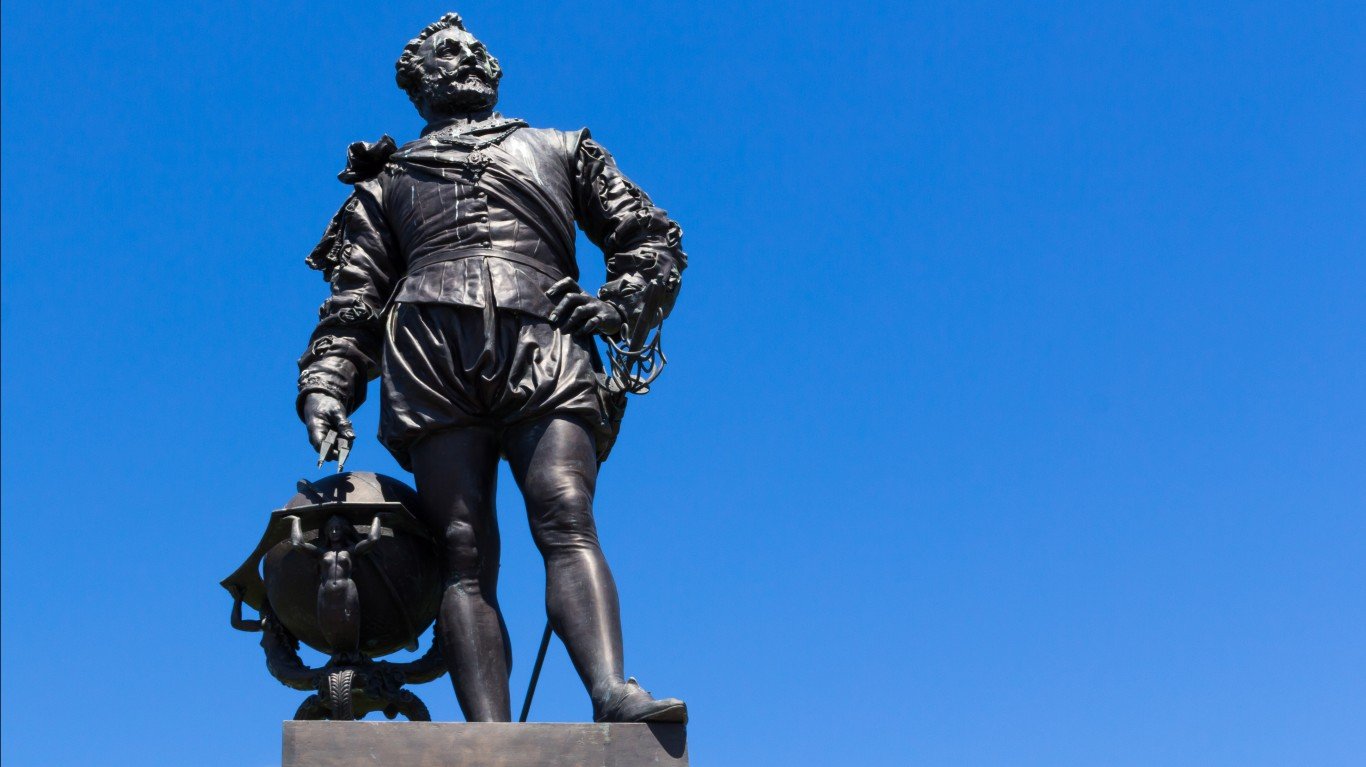
Sir Francis Drake
> Lifespan: 1540-1596
A privateer commissioned by the English government, Sir Francis Drake was hired to disrupt Spanish shipping vessels in the Atlantic. He became the first Englishman to sail around the world, raiding Spanish ports along the way. His exploits against Spain were so damaging that King Phillip II offered a hefty reward for his capture or death.
L’Olonnais
> Lifespan: 1635-1668
Known for the extreme cruelty of his torture methods, Jean-David Neu, or l’Olonnais, was an indentured servant in the Caribbean who turned buccaneer when the governor of Tortuga gave him a ship. He spent his days terrorizing Spanish ships and settlements along the coasts of Central and South America. He was eventually captured, torn into pieces, and burned by the Kuna people of Panama.
Henry Morgan
> Lifespan: 1635-1688
Henry Morgan was a Welsh buccaneer who successfully raided numerous Spanish ships and settlements in the West Indies. After ransacking and burning Panama City, Morgan abandoned his crew and escaped with most of the plunder. He was arrested and brought to London — where he was subsequently knighted and made Lieutenant Governor of Jamaica.
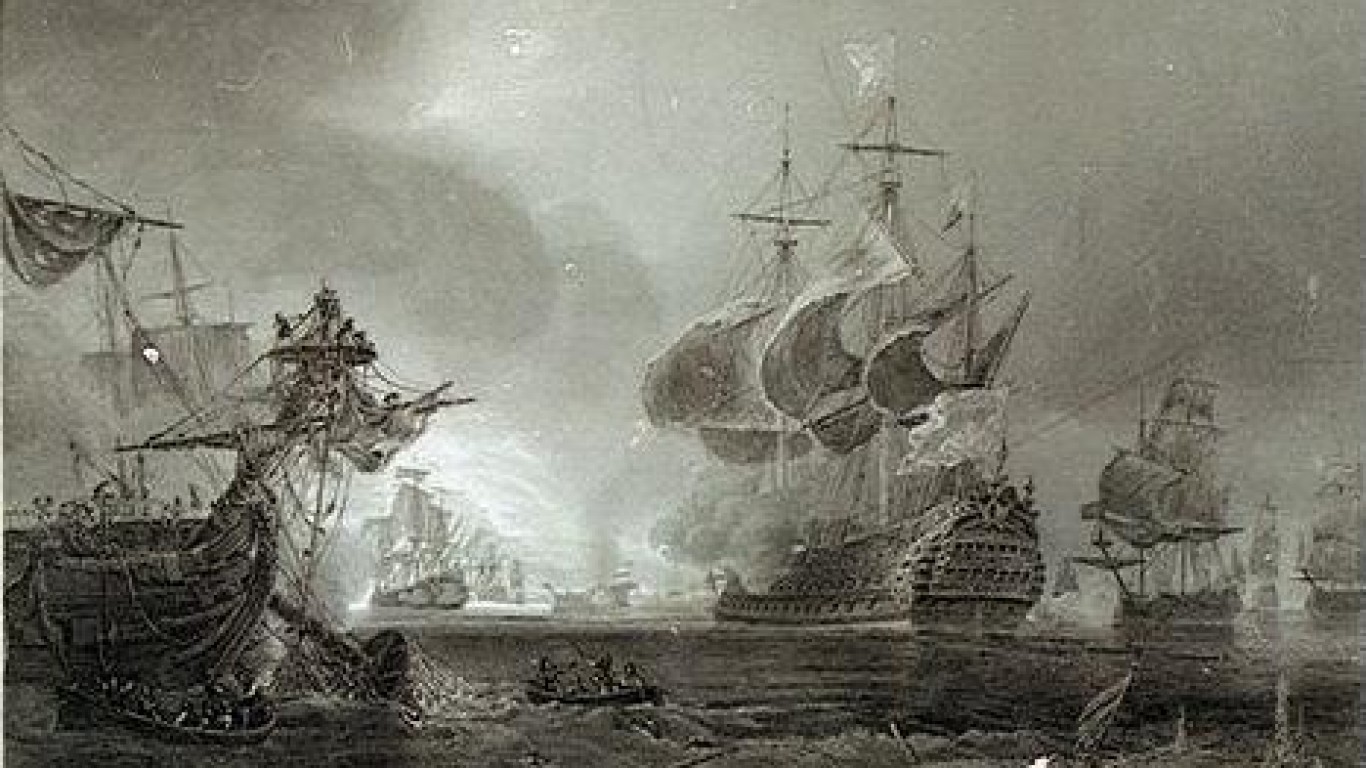
Henry Every
> Lifespan: 1653-1696
Although the English pirate Henry Every was active for only two years, he’s known for having seized the modern day equivalent of $127 million in jewels and precious metals in a single raid on a convoy of ships bound for Mecca. Every and his treasure were never captured, and it is assumed that he went into hiding after raiding the Grand Mughal fleet.
Captain Kidd
> Lifespan: 1654-1701
Beginning his career as a sea captain and then a privateer, William Kidd was commissioned by England to protect British trade routes in the Caribbean and to help rid the Indian Ocean of pirates. In a strange turn of events, Kidd and his crew attacked and captured a merchant ship, burying much of the loot. Kidd was eventually tried and hanged for piracy.
Thomas Tew
> Lifespan: Unknown-1690
Thomas Tew, aka the Rhode Island Pirate, is purported to have been one of the founders of Libertatia, a possibly fictional pirate colony on the island of Madagascar. Although it’s hard to distinguish fact from legend in the lore surrounding this British privateer-turned-pirate, historians agree that he engaged in two major pirating cruises across the Atlantic to the Indian Ocean and was disemboweled by a cannon shot on the second mission.
Edward “Blackbeard” Teach
> Lifespan: 1680-1718
This infamously fearsome pirate was known for attaching smoking fuses to his hat to intimidate his foes. After blockading the port of Charles Town (now Charleston), South Carolina, and seizing payment from the townspeople, Blackbeard was pardoned, only to take to the seas again. The lieutenant governor of Virginia and the British naval officer Robert Maynard set a trap for the pirate off Ocracoke Island, and he was shot and stabbed to death.
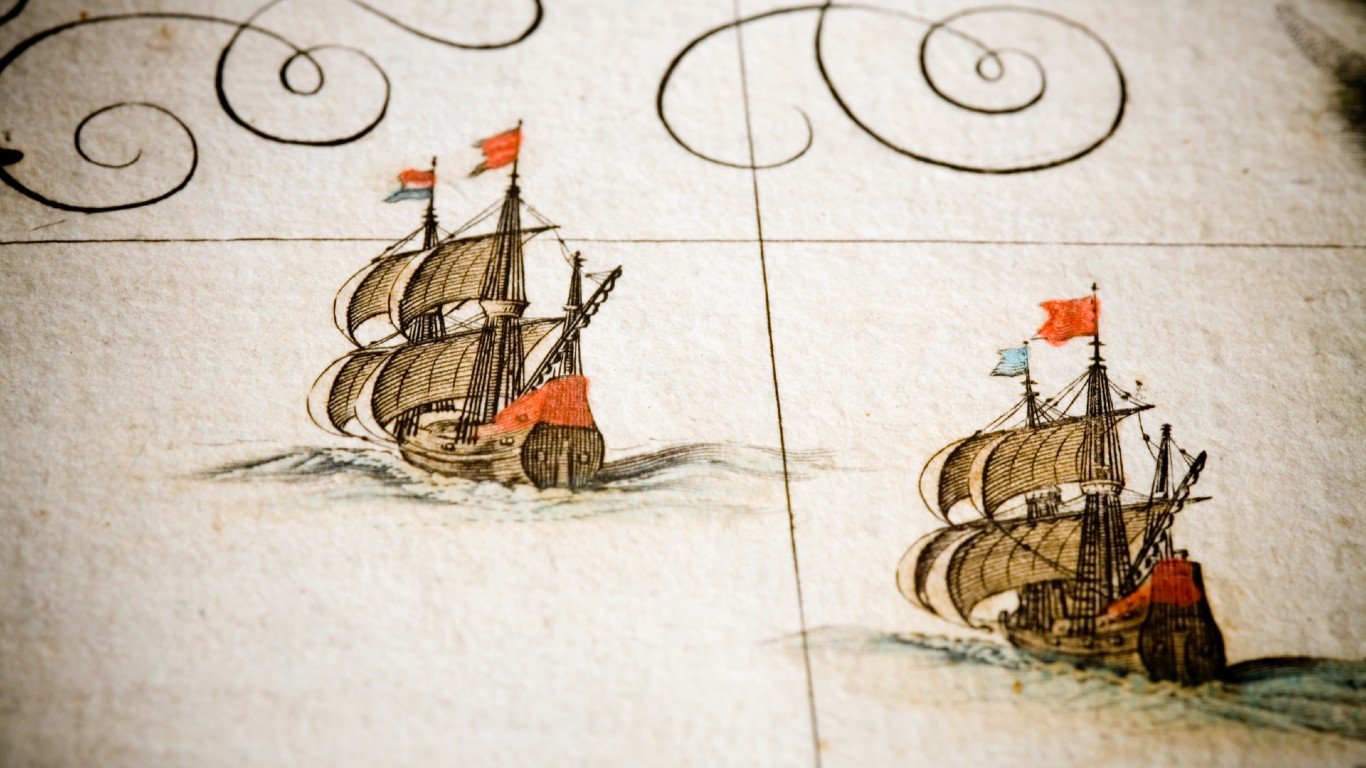
Benjamin Hornigold
> Lifespan: 1680-1719
Known as a kind and skilled ship captain, Benjamin Hornigold helped found the Republic of Pirates in Nassau and spent his days harassing merchant ships in the Caribbean. In a rare turn of events, he was offered a pardon by the governor of the Bahamas and became a pirate hunter, turning on many of his allies, including his former second in command, Blackbeard.
Charles Vane
> Lifespan: 1680-1721
A leader of the Republic of Pirates, Charles Vane was a cruel captain, who was known for torturing and killing the sailors from ships he captured. After being granted a King’s Pardon for piracy, Vane wasted no time in continuing to attack ships. When a shipwreck left him marooned on an island off the coast of Honduras, Vane was discovered by a British crew, arrested, and hanged for his crimes.
Calico Jack
> Lifespan: 1682-1720
John Rackham, or Calico Jack, was a quartermaster for Charles Vane. He is known for instigating a vote that unseated Vane as ship captain for cowardice, and then taking over Vane’s crew and ship. After many successful acts of piracy in the Caribbean, Calico Jack was captured by an English privateer and hanged.
Bartholomew “Black Bart” Roberts
> Lifespan: 1682-1722
Known as the most successful pirate during the Golden Age of Piracy, Black Bart is said to have captured 400 ships during his career, working the Atlantic Ocean from the western coast of Africa to Newfoundland to Brazil. He was killed in a battle with the Royal Navy ship HMS Swallow, and his crew dutifully gave him a sea burial so that his body wouldn’t fall into the hands of the authorities.
Stede Bonnet
> Lifespan: 1688-1719
Also known as the Gentleman Pirate, Stede Bonnet was the son of a wealthy landowner on Barbados. He inherited his family’s estate at age 6 when his father died. Possibly bored with his privileged married life, he decided to seek adventure on the seas and funded a ship and crew, attacking vessels along the east coast of North America and briefly teaming up with Blackbeard before being tried and hanged in Charles Town, South Carolina.
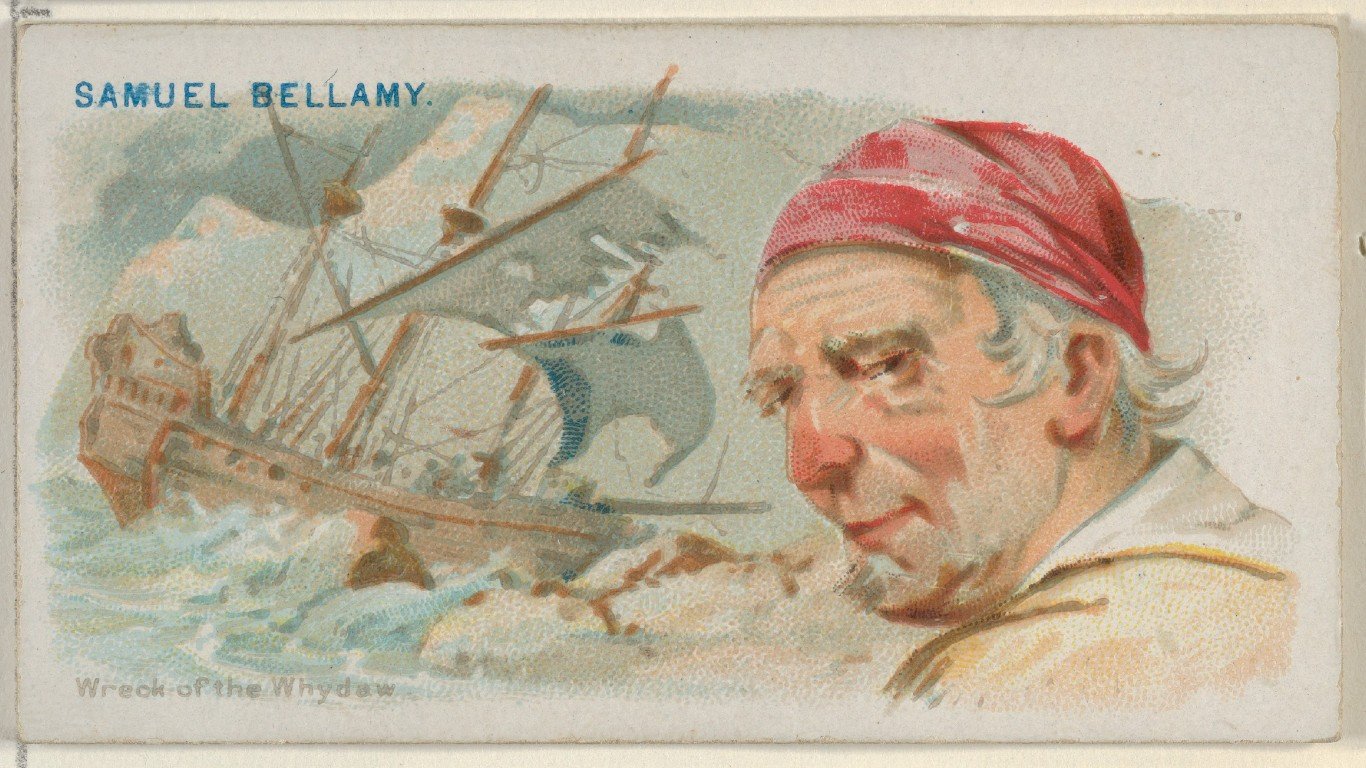
Samuel Bellamy
> Lifespan: 1689-1717
Also known as Black Sam and the Prince of Pirates, Samuel Bellamy was famously merciful toward the sailors on ships he captured. Black Sam was elected captain of Benjamin Hornigold’s ship after Hornigold was deposed by the crew. He proceeded to capture dozens of ships including the impressive British slave ship Whydah Galley. Bellamy’s life ended early when the Galley sank in a storm off the coast of Cape Cod.
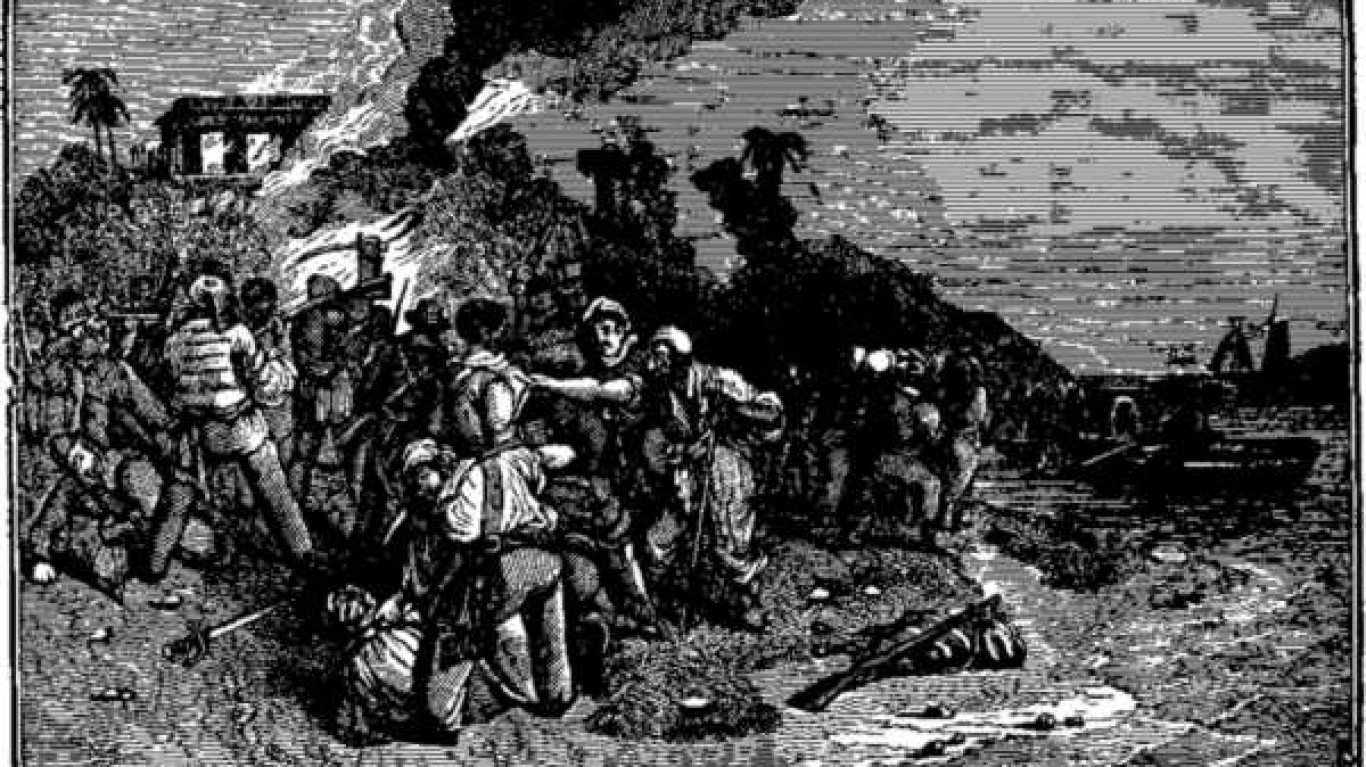
Howell Davis
> Lifespan: 1690-1719
Howell Davis was a sailor who decided to join the pirates who captured a slave ship he was working on. During his 11-month career, he managed to charm authorities into thinking he was a privateer, allowing him to loot at will and even kidnap the commander of a Gambian fort, for whom he received a large ransom. Davis was shot dead while trying to kidnap the governor of the Portuguese island of Príncipe.
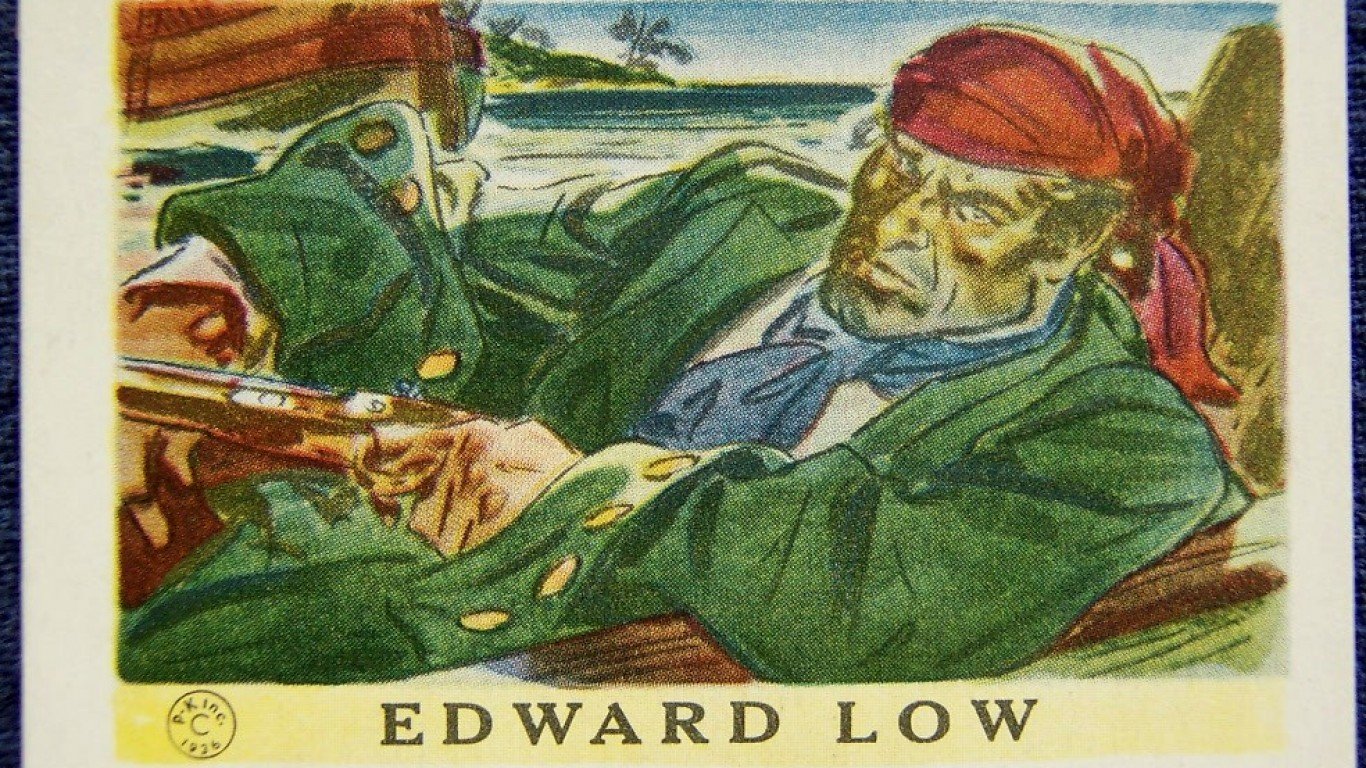
Edward Low
> Lifespan: 1690-1723
During his three-year career as a pirate, Edward Low captured over 100 ships, usually burning them after looting their cargo and torturing their crew or setting them adrift without supplies to starve. Infamously cruel, Low once tied the cook of a captured ship to a mast and set him on fire to watch him sizzle.
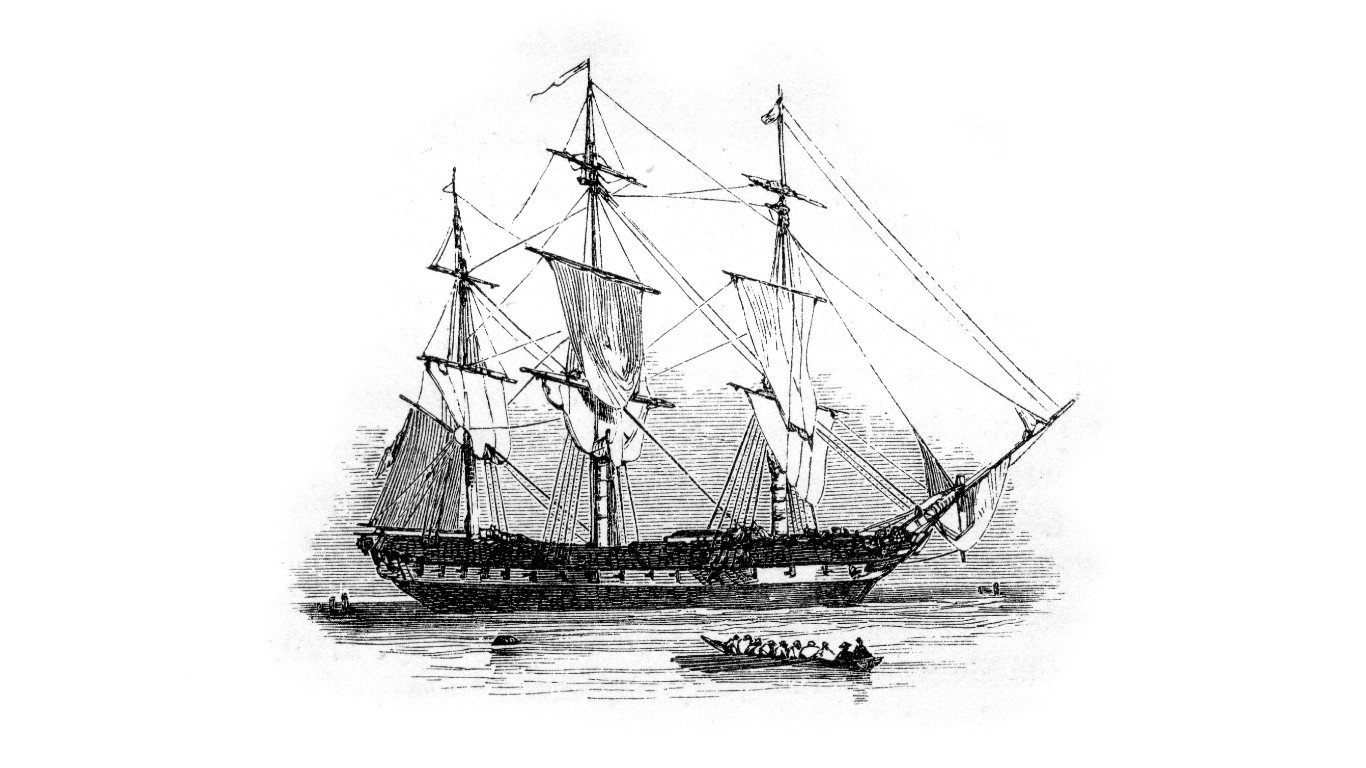
Black Caesar
> Lifespan: Unknown-1718
Once a chief in Africa, Black Caesar was stolen by slavers and eventually escaped in a longboat as a hurricane descended upon the ship. He then posed as a shipwrecked sailor and lured in other ships, only to pillage their weapons and supplies. After burying much of his loot, he joined Blackbeard’s crew and was eventually captured and hanged in Williamsburg, Virginia.
Anne Bonny
> Lifespan: 1700-unknown
Originally from Ireland, Anne Bonny grew up in the Carolinas. At 13, she stabbed a servant girl, and later she married a small-time pirate only to leave him for John “Calico Jack” Rackham. Aboard Rackham’s ship, Bonny stabbed the first man who complained about the presence of a woman. She was captured along with Rackham while the two fought together to defend their ship, and although he was hanged, she escaped execution for being pregnant.
Madame Cheng
> Lifespan: 1775-1844
A former prostitute, Madame Cheng turned to piracy when her husband and leader of the Guangdong Pirate Confederation died. She commanded 1,800 ships and 80,000 men in the South China Sea, demanding ransoms from coastal communities and attacking merchant vessels. She eventually surrendered to Chinese authorities and lived out her retirement running a gambling den and opium smuggling operation.

Jean Lafitte
> Lifespan: 1780(?) – 1825(?)
Starting out as a smuggler, Jean Lafitte ran distribution warehouses for smuggled goods in New Orleans and on islands in Barataria Bay. He then hired a schooner and began attacking and looting ships in the Gulf of Mexico. After a brief and heroic effort fighting the British during the Battle of New Orleans, Lafitte returned to piracy, targeting Spanish merchant ships along the Central and South American coasts.
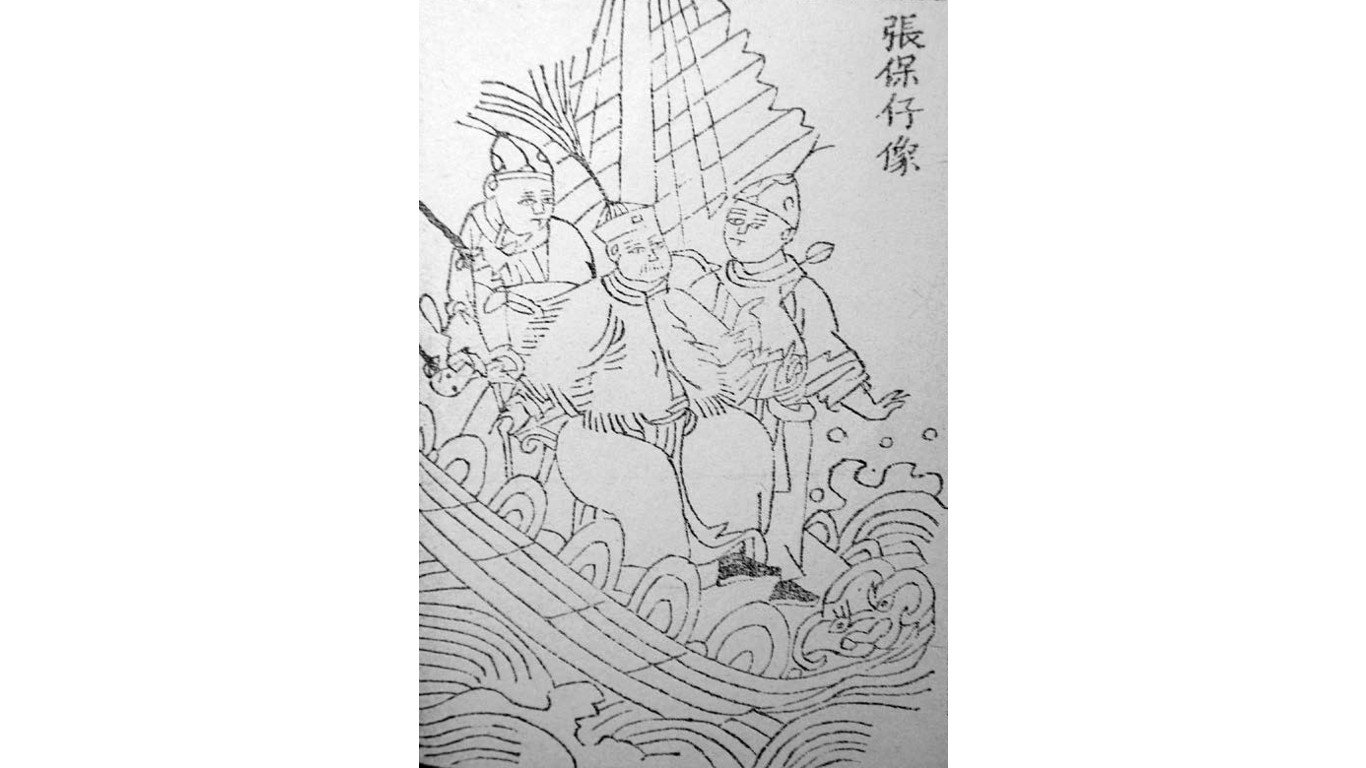
Cheung Po Tsai
> Lifespan: 1783-1822
Cheung Po Tsai was kidnapped and forced into piracy at age 15 by the pirate Zheng Yi, quickly rising through the ranks and becoming Zheng Yi’s adoptive son and heir. Stepson to Madame Cheng, Cheung Po Tsai became the Madame’s second in command and lover when Zheng Yi died. Together they commanded tens of thousands of men and hundreds of ships, attacking merchant vessels and coastal cities on the South China Sea.

Pedro Gilbert
> Lifespan: 1800-1835
One of the last pirates active after the Golden Age of Piracy, Pedro Gilbert started as a privateer for Colombia, then began looting ships along the Florida coast. After instructing his crew to burn a captured ship along with its captives, Gilbert fled the area only to be captured in West Africa two years later and extradited to Boston. There he was tried and hanged.

